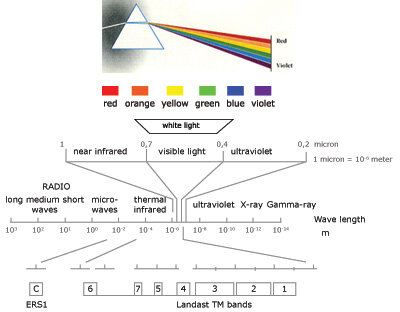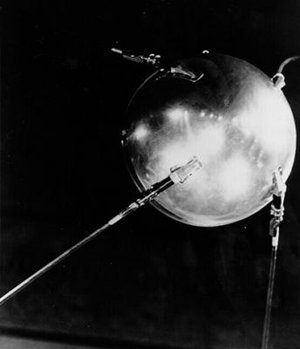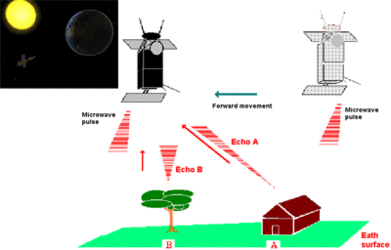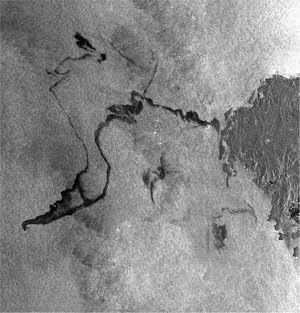5. Sensors
Many satellites are equipped with passive sensor systems which are dependent on solar illumination and therefore the satellites orbit around the Earth. As they measure the reflection of sunlight from the Earth, their orbits must be adjusted to the rhythm of day and night. It is important to be able to compare images recorded over a period of time. If they are to be comparable, the light conditions must be identical. The recordings must take place at the same local time of day so that the altitude of the sun above the horizon is the same and the plane of the satellite orbit must remain at a constant angle to the light from the sun.
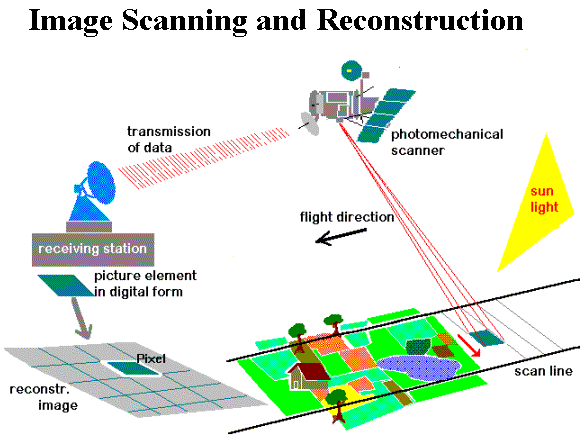
These prerequisites can be achieved by placing the satellite in a polar orbit. While the satellite is revolving in its orbit, the Earth rotates on its axis below. Every time the satellite makes a complete rotation, a new strip of the Earth's surface is scanned and after a certain number of rotations the entire surface of the Earth will have been acquired. Some satellites scan a broad strip every time and can, therefore, cover the entire Earth in a few rotations; whereas high resolution satellites scanning only a narrow strip take several days to complete coverage of the Earth.


